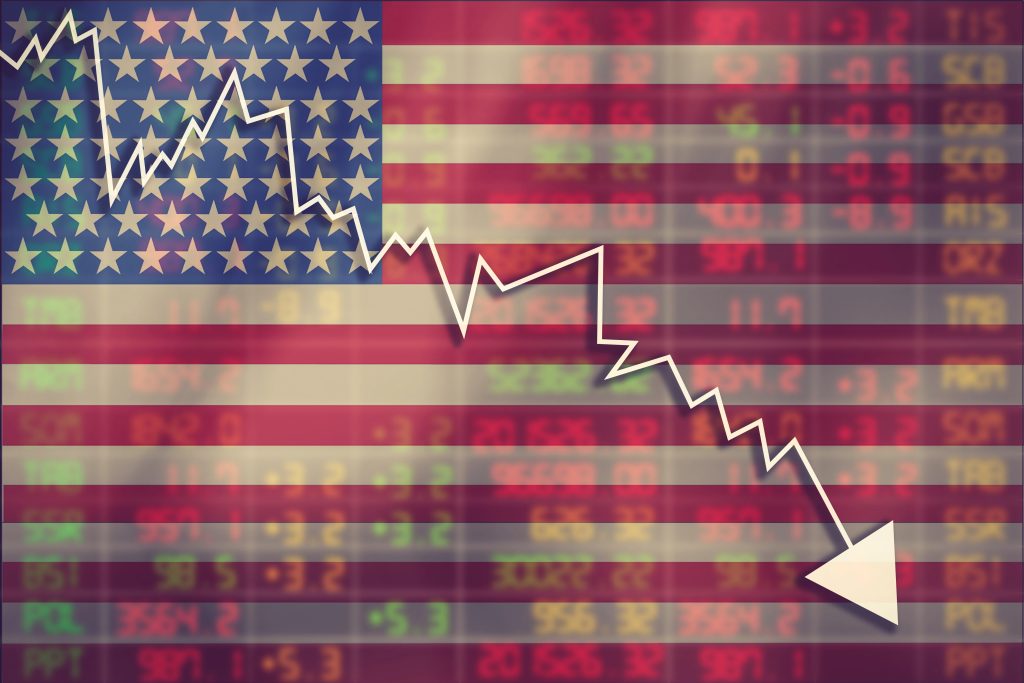[Editor’s note: Tim Price, London-based wealth manager, is filling in for Simon today.]
In their efforts to jam the square peg of financial theory into the round hole of human nature, economists have perpetrated some pretty stupid things.
But few of them are dumber than the efficient market hypothesis (EMH).
EMH states that it is impossible to beat the market because the efficiency of the market means that prices always incorporate and reflect all relevant information.
Why was the Dow Jones Industrial Average worth 22.6% less on Tuesday October 20, 1987 than it had been the previous day?
Why is Warren Buffett worth $67 billion?
Must be all that efficiency.
Buffett himself claims, “I’d be a bum on the street with a tin cup if the markets were always efficient.”
EMH and its bastard cousin CAPM (the Capital Asset Pricing Model), continue to send students of finance down intellectual blind alleys.
CAPM is a model that describes the relationship between the risk and expected return of an asset in a diversified portfolio.
CAPM requires reality to be bent using what can politely be termed “assumptions”, including the assumptions that:
1) All investors are of the species homo economicus, i.e. they are seeking to maximise returns
2) All investors are rational and risk-averse, instead of the emotional creatures we really are.
3) All investors are well diversified across a broad range of investments
4) All investors have an equal and non-influential relationship with prices
5) All investors can lend and borrow without limit at a risk-free rate
6) Transaction costs and taxes do not exist
7) All assets are liquid and perfectly divisible
8) All investors have identical expectations
9) All investors have access to infinite information simultaneously.
These assumptions are, of course, nonsense. And yet EMH and CAPM continue to be taught.
Perhaps there are business schools out there that still advise their students that the Earth is flat.
CAPM’s silliest assumption is that all investors are the same.
It requires only a superficial acquaintance with the financial markets to know that this can hardly be the case.
The financial markets are where sovereign wealth funds interact with private investors.
The former can often be insensitive to price; the latter, never.
Within the financial markets pension funds, with a theoretical investment horizon of decades, rub up against computer algorithms looking to front-run other investors by fractions of milliseconds.
And clearly, different investment entities have different objectives.
The motivation of a central banker is likely to be distinct from that of a robot (assuming they are not one and the same).
Of course, these motivations can and do change.
There was once a time when central bankers fought inflation like the very devil. Now central bankers are desperate to create it.
When the game changes, we have a choice. Try to adapt, or stop playing.
It’s not just that we’re entering uncharted waters; in a world of negative interest rates and negative bond yields, the entire investment landscape has changed. Investment strategy must reflect that.
Although a “risk-free” rate no longer exists, we should probably still try and steer close to the shore, even if we may not be able to see it.
If the game has changed, learn the new rules.
With the financial weather now a function of economic policy, different laws apply. Old investment models are obsolete.
And within a policy-controlled market, genuine diversification – of risks, as well as anticipated returns – will matter more than adherence to a traditional asset allocation template that is no longer fit for purpose, because it was formulated in a positive carry world.







